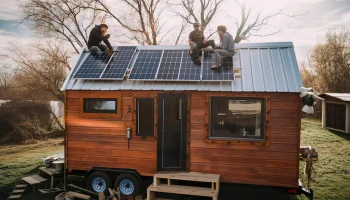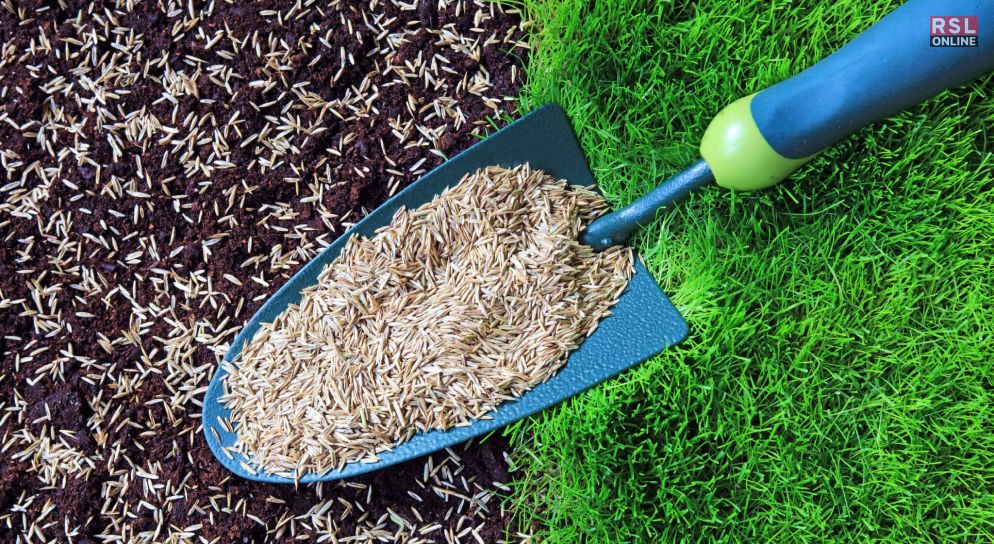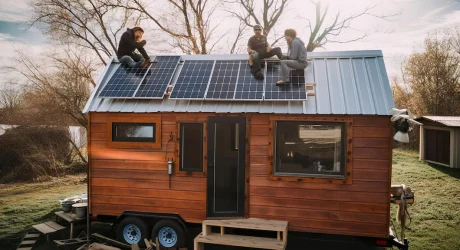Imagine stepping out onto your front lawn, feeling the lush green grass beneath your feet, and basking in the beauty of a perfectly manicured landscape. Achieving that dream lawn starts with one crucial question: How much grass seed do I need?
In this gardening blog, I will dive into the nitty-gritty details of calculating the right amount of grass seed for your lawn project. So, whether you’re a seasoned gardener or a first-time homeowner, we’ve got you covered.
Get ready to transform your outdoor space into a verdant paradise. Therefore, keep on reading this blog till the end to learn more…
So, How Much Grass Seed Do I Need?
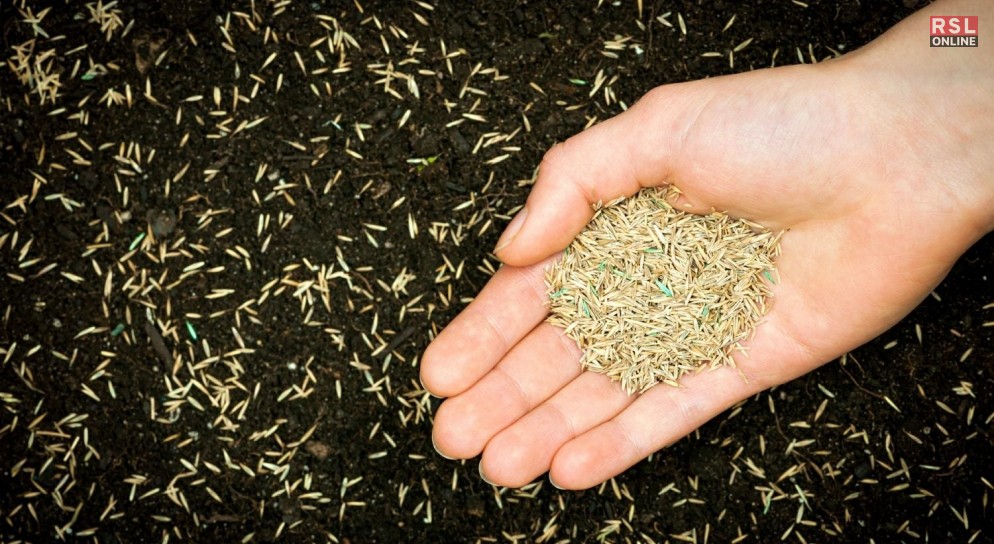
If you are new in this world of gardening and want to ensure that you turn your barren lawn into a lush green heaven, you have reached the right place! I have divided this blog into nine chapters for you to understand better exactly how much grass seed you will need to do better at becoming a gardener.
So, take your notebook and pen out and start jotting down! Here I go…
Chapter 1: Assessing Your Lawn Area
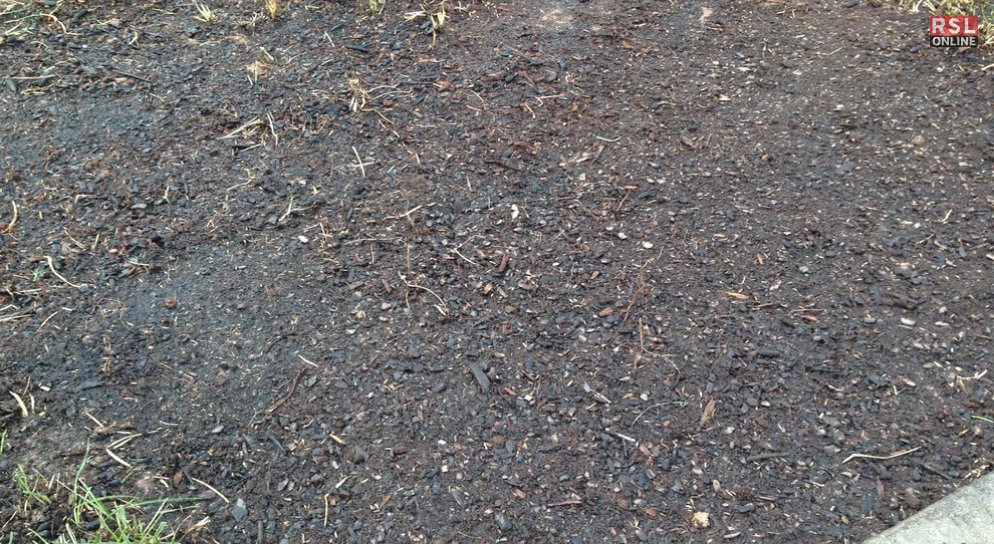
Before you embark on the journey of creating a lush, green lawn, you need to have a clear understanding of the space you’re working with. Assessing your lawn area is the first and essential step in determining how much grass seed you’ll need.
1. Measure The Dimensions
Firstly, grab a measuring tape and start by measuring the length and width of your lawn in feet. Make sure to measure the longest and widest parts accurately. If your lawn has irregular shapes or sections, break them down into smaller, manageable areas and measure them separately.
2. Calculate Total Square Footage
Secondly, Once you have the length and width measurements for each section of your lawn, it’s time to calculate the total square footage. To do this, simply multiply the length by the width for each section and then add up all the individual square footage. This will give you the total square footage of your entire lawn.
3. Account For Obstacles
Thirdly, be mindful of any obstacles on your lawn, such as trees, shrubs, or structures like patios or pathways. These areas won’t require grass seed, so subtract their square footage from your total. This ensures you’re not purchasing more seed than necessary.
4. Consider Different Lawn Areas
If you have multiple types of grass or different areas with varying sunlight and soil conditions, treat them as separate sections. Each area may have unique requirements, so calculating them separately ensures you’re addressing their specific needs.
5. Plan For Future Growth
Fiftly, consider these in your calculations if you have expansion plans or anticipate changes in your lawn’s layout. It’s better to buy a bit of extra seed now than to run out in the future when you want to expand your green oasis.
You lay the foundation for a successful lawn seeding project by meticulously measuring and assessing your lawn area. Additionally, accurate measurements not only help you determine how much grass seed you need but also guide you in other aspects of lawn care, such as fertilization and watering. With this crucial step completed, you’re now ready to move on to the next stage of your journey toward a beautiful and vibrant lawn.
Chapter 2: Determining Grass Seed Coverage
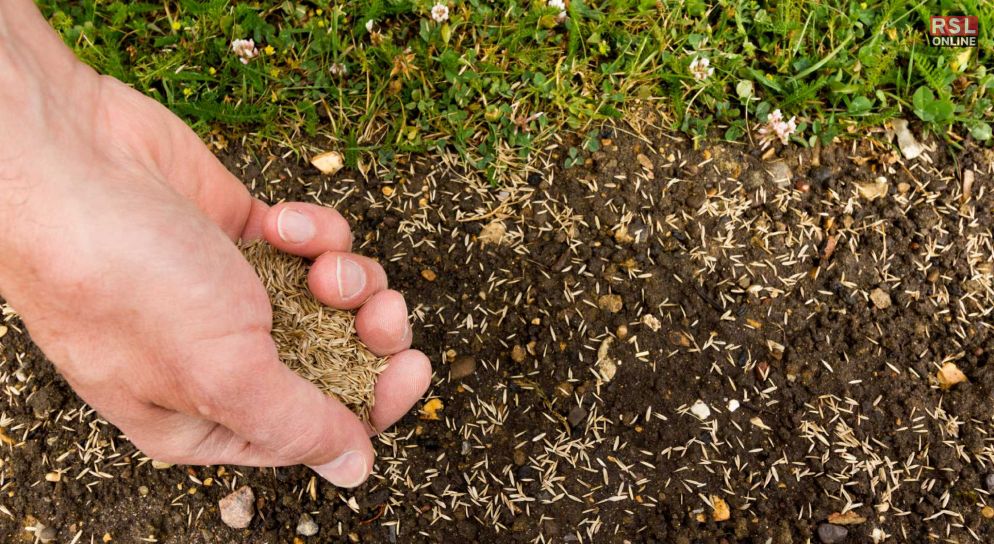
Determining grass seed coverage is a crucial step in the process of achieving a lush and healthy lawn. It involves understanding how much grass seed you need to effectively cover your lawn area. The coverage rate of grass seed varies depending on the type of grass you’re planting and the size of your lawn.
1. Type Of Grass Seed
Firstly, different grass species have different coverage rates. Cool-season grasses like Kentucky Bluegrass, Fescue, and Ryegrass typically require 2-3 pounds of seed per 1,000 square feet. Also, warm-season grasses like Bermuda grass or Zoysia grass, on the other hand, may need only 1-2 pounds for the same area. It’s essential to check the seed packaging or consult with a local nursery for specific recommendations for the grass variety you plan to use.
2. Lawn Size
The size of your lawn plays a significant role in determining how much seed you need. To calculate this, measure the length and width of your lawn in feet and multiply these dimensions to find the total square footage. For example, a lawn that measures 50 feet in length and 40 feet in width would be 2,000 square feet (50 x 40). Knowing your lawn’s square footage is essential for accurately determining the amount of seed required.
3. Seeding Rate
The seeding rate is typically given as an amount of seed per 1,000 square feet. So, if you’ve measured your lawn’s square footage, you can easily adjust the seeding rate accordingly. For instance, if the recommended seeding rate for your grass type is 2 pounds per 1,000 square feet, and your lawn is 2,000 square feet, you would need 4 pounds of seed (2 x 2).
4. Uniform Distribution
To ensure even coverage, use a broadcast spreader when sowing your grass seed. This tool helps distribute the seed uniformly across your lawn, preventing clumps or bare spots. Uniform distribution is crucial for achieving a consistent and attractive lawn.
In summary, determining grass seed coverage involves considering the type of grass seed, your lawn’s square footage, and the recommended seeding rate per 1,000 square feet. By accurately calculating these factors, you can ensure that you have the right amount of seed to achieve a beautiful, healthy, and vibrant lawn that you’ll be proud to show off.
Chapter 3: Adjusting For Soil And Climate
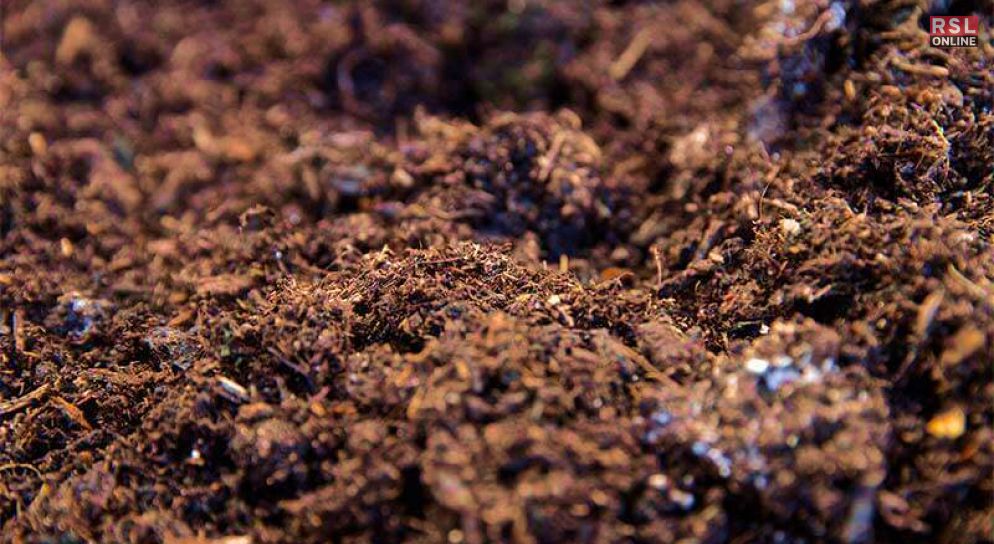
Adjusting for soil and climate when determining how much grass seed you need is a critical step in achieving a thriving lawn. Here’s a more detailed explanation of this important aspect:
Soil Quality
The quality of your soil plays a significant role in the success of your grass seed project. Soil can be categorized into various types, including sandy, loamy, and clayey soils, each with its own set of characteristics. Grass seed germination and growth are influenced by these soil properties.
- Poor Soil Quality: If your soil is of poor quality, it may lack essential nutrients and organic matter necessary for grass growth. In such cases, overseeding is often recommended. This means increasing the seeding rate to compensate for the likelihood of lower germination rates in poor soil. A common rule of thumb is to increase the seeding rate by 25-50% in such conditions.
- Soil Testing: It’s a good practice to conduct a soil test before seeding your lawn. A soil test will provide you with valuable insights into your soil’s nutrient content and pH levels. Based on the test results, you can amend the soil with fertilizers or organic matter to create a more favorable environment for grass seed to establish itself.
Climate Considerations
Local climate conditions, including temperature, precipitation, and seasonal variations, also impact your grass seed choices and seeding rate.
- Cold Climate Regions: If you live in an area with harsh winters and cold temperatures, select grass seed varieties that are cold-tolerant, such as fescue or ryegrass. These varieties are better suited to survive and thrive in colder climates.
- Warm Climate Regions: In warmer regions, like the southern United States, warm-season grasses like Bermuda or Zoysia grass are more suitable. These grasses thrive in the heat and require less water compared to cool-season varieties.
- Transition Zones: Some areas fall into a transition zone, where both warm and cool-season grasses can grow. In such regions, you might opt for a blend of grass seed types to ensure your lawn remains green throughout the year.
In conclusion, understanding your soil type and local climate conditions is vital when determining the amount of grass seed needed for your lawn. By factoring in these variables and making the necessary adjustments, you’ll increase the chances of a successful and vibrant lawn that can withstand the challenges posed by your unique environment.
Chapter 4: Accounting For Seed Loss
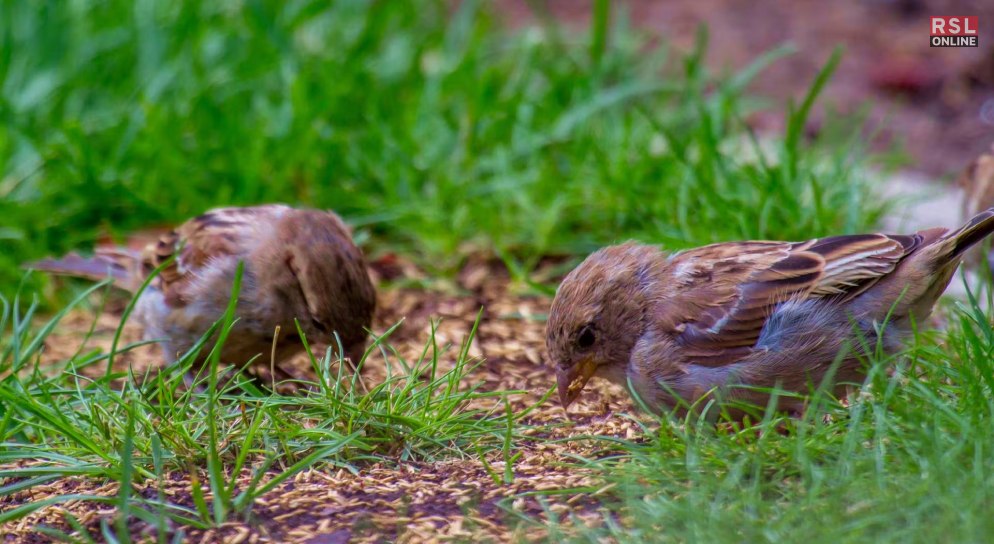
This is a critical step in determining how much grass seed you need for your lawn project. Furthermore, it involves estimating the amount of seed that may be lost during the seeding process due to various factors such as birds, wind, uneven distribution, or improper planting techniques.
1. Natural Factors
Firstly, birds are often attracted to newly sown grass seed, and they can quickly devour a significant portion if not protected. Additionally, wind can carry away lightweight seeds, reducing the number that reaches the soil.
2. Distribution Errors
Secondly, sometimes, when manually spreading seed, there can be inconsistencies in distribution. Some areas might receive more seed than necessary, while others may not get enough. This can result in uneven grass growth.
3. Planting Techniques
Thirdly, if the seed isn’t properly incorporated into the soil, it may not establish itself effectively. Poor soil contact can lead to seed drying out or being consumed by pests.
To account for these potential seed losses, it’s common to add a percentage of seed to your initial calculation. This percentage typically ranges from 5% to 10% or even higher, depending on the specific conditions of your lawn and the precision of your seeding process.
Here’s a simple formula for accounting for seed loss:
Adjusted Seed Quantity = Recommended Seed Quantity + (Recommended Seed Quantity * Seed Loss Percentage)
For example, if you calculated that you need 10 pounds of grass seed based on your lawn’s size and the recommended seeding rate, and you decide to account for a 10% seed loss, your adjusted seed quantity would be:
10 pounds + (10 pounds * 0.10) = 11 pounds
By adding that extra pound of seed, you provide a buffer to compensate for any losses, ensuring that you have enough seed to achieve the desired coverage and density in your lawn.
Taking the time to factor in seed loss ensures that your lawn project has the best chance of success. It minimizes the risk of underseeding, which can result in patchy or sparse grass growth, and gives your lawn a better chance to flourish.
Chapter 5: Adjusting For Desired Lawn Density
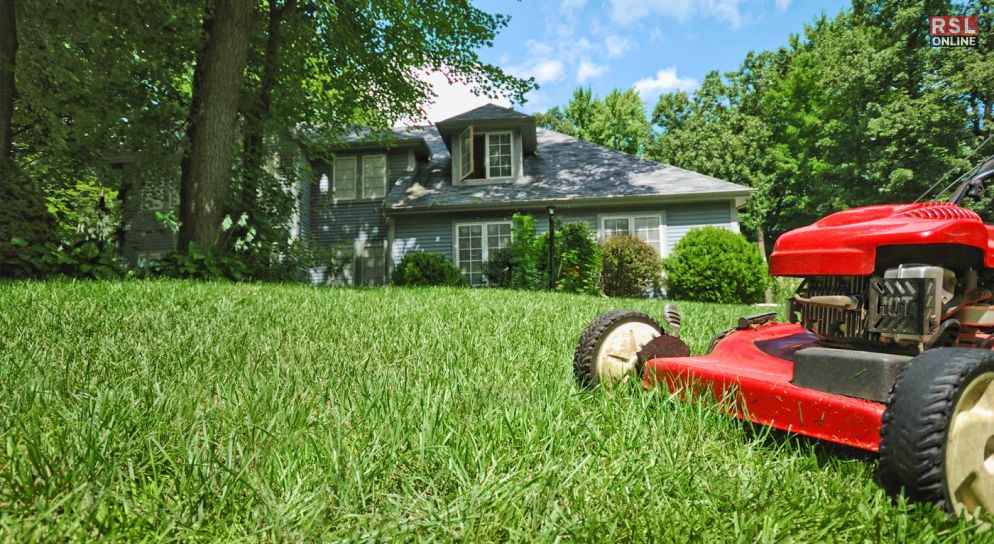
Adjusting for desired lawn density is critical to determining how much grass seed you need to achieve your lawn goals. Lawn density refers to how closely spaced and thick the grass plants are in your yard.
Besides, some homeowners prefer a thick and lush lawn that resembles a carpet, while others are content with a more open and sparse lawn. Here’s how to adjust your grass seed quantity based on your desired lawn density:
1. Thick And Lush Lawn
Firstly, if you envision an exceptionally thick and plush lawn, you’ll need to increase the amount of grass seed you sow. This denser seeding will result in more grass plants per square foot, creating a lush appearance.
To achieve this, you can multiply the recommended seeding rate per 1,000 square feet by a factor of 1.5 to 2. This means you’ll be using 1.5 to 2 times the amount of seed suggested for your lawn size.
2. Moderate Density Lawn
Many homeowners aim for a balance between a thick lawn and one that’s not overly dense. In such cases, you can stick with the recommended seeding rate per 1,000 square feet as indicated on the grass seed packaging. Additionally, this is generally suitable for most lawns and provides a visually pleasing, moderately dense appearance.
3. Sparse Or Natural-Looking Lawn
If you prefer a more natural, open, or sparse lawn, you can reduce the amount of grass seed used. To achieve this look, you can multiply the recommended seeding rate by a factor of 0.5 to 0.75. This means using only half to three-quarters of the suggested seed amount for your lawn size. A less densely seeded lawn may have more space between individual grass plants, giving it a more relaxed and natural appearance.
Also, remember that your choice of grass seed variety also impacts lawn density. Some grass types naturally grow thicker or thinner than others, so consider this when selecting your seed blend. Besides, adjusting for your desired lawn density ensures that your final result aligns with your aesthetic preferences while still providing a healthy and vibrant green space for your enjoyment.
Chapter 6: Calculating The Exact Amount
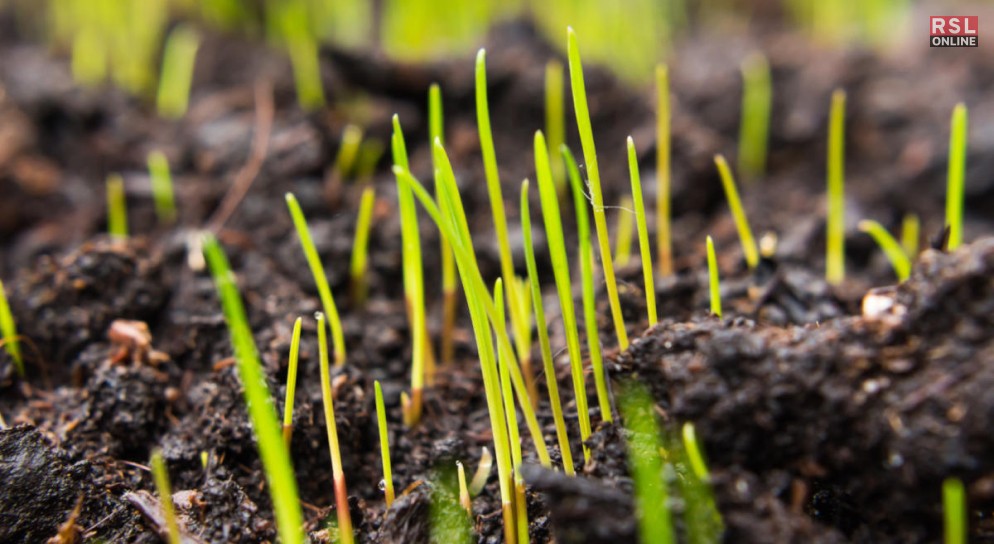
Calculating the exact amount of grass seed you need is a crucial step in achieving a healthy and lush lawn. It ensures that you neither underseed nor overseed your lawn, which can lead to uneven growth and potential problems down the road. To perform this calculation, follow these steps:
1. Determine Your Lawn’s Total Square Footage
Begin by measuring the length and width of your lawn in feet. Multiply these dimensions together to find the total square footage. For irregularly shaped lawns, divide them into smaller sections and calculate each one separately.
2. Know The Recommended Seeding Rate
Different grass seed varieties have different recommended seeding rates, typically expressed in pounds of seed per 1,000 square feet. This information can usually be found on the seed packaging or obtained from a local nursery or gardening expert.
3. Factor In Seed Loss
During the seeding process, you can expect to lose a percentage of your grass seed to factors like birds, wind, or uneven distribution. A common rule of thumb is to account for a seed loss of around 10%. This means you’ll need to increase your calculated seed quantity to compensate for this loss.
4. Consider Desired Lawn Density
Lastly, your vision for your lawn’s thickness and lushness also plays a role. If you want a thicker, denser lawn, you should increase the seeding rate, while a sparser lawn requires less seed.
Now, let’s put it all together:
Total Seed Needed (in pounds) = (Total Square Footage ÷ 1,000) x Recommended Seeding Rate (in pounds per 1,000 square feet) x (1 + Seed Loss Percentage) x Lawn Density Adjustment
For example, if you have a 5,000 square foot lawn, a recommended seeding rate of 2 pounds per 1,000 square feet, a 10% seed loss estimate, and you want a moderately dense lawn:
Total Seed Needed = (5,000 ÷ 1,000) x 2 x (1 + 0.10) x 1 = 11 pounds
In this scenario, you would need 11 pounds of grass seed to cover your 5,000 square foot lawn adequately.
By following this calculation, you can ensure that you have the right amount of grass seed to achieve your desired lawn density without wasting seed or ending up with sparse areas. Besides, it’s a critical step toward the lawn of your dreams.
Chapter 7: Choosing The Right Grass Seed Blend
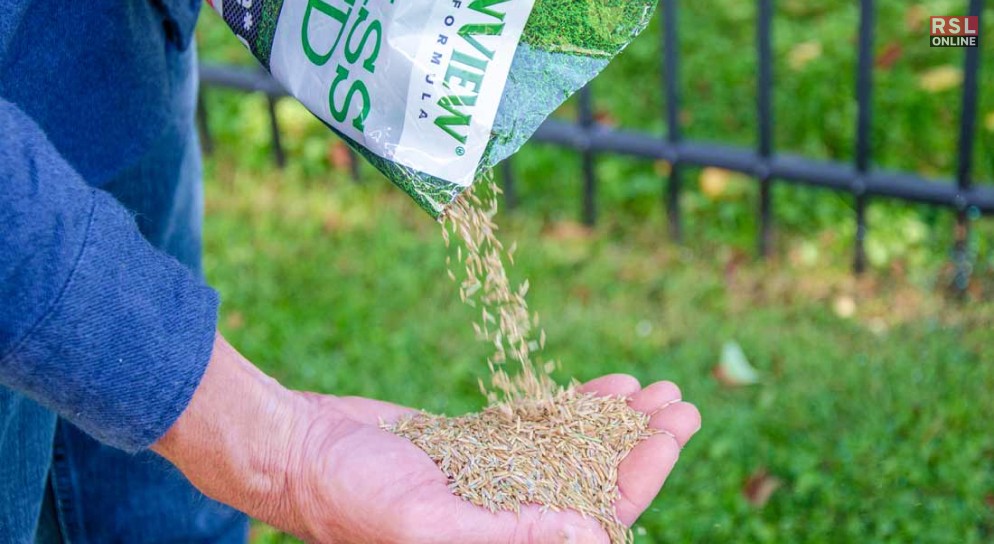
Selecting the perfect grass seed blend is a pivotal step in achieving a lush and resilient lawn. Your choice should align with various factors, including the environmental conditions, intended use, and personal preferences for your outdoor space. Here’s a closer look at how to make the right selection:
1. Sun Exposure
Start by evaluating how much sunlight your lawn receives throughout the day. Lawns in full sun require grasses like Bermuda, Zoysia, or Bahia, known for their sun-loving characteristics. In contrast, shaded areas benefit from shade-tolerant grasses like Fine Fescue or St. Augustine.
2. Climate And Region
Secondly, consider your geographical location and local climate when choosing a grass seed blend. Certain grass types thrive in specific regions.
For example, cool-season grasses such as Kentucky Bluegrass and Tall Fescue are suitable for northern climates, while warm-season varieties like Centipede and Zoysia excel in southern regions.
3. Intended Use
Third, think about how you plan to use your lawn. Is it a high-traffic play area for children and pets or a more ornamental space for leisure?
For high-traffic lawns, durable grasses like Perennial Ryegrass or Kentucky Bluegrass may be ideal. Ornamental lawns often benefit from fine-textured grasses like Fine Fescue or Creeping Red Fescue.
4. Soil Conditions
Fourthly, your soil’s pH level and texture play a role in grass seed selection. Some grasses thrive in acidic soils, while others prefer alkaline conditions. For instance, Centipede grass performs well in acidic soils, while alkaline-loving Buffalograss prefers the opposite.
Additionally, sandy soils require drought-tolerant grasses, while clay soils benefit from those with good drainage.
5. Disease Resistance
Certain grass varieties exhibit natural resistance to common lawn diseases, reducing the need for chemical treatments. For example, Kentucky Bluegrass has good resistance to diseases like rust and leaf spot.
6. Maintenance Level
Consider the amount of maintenance you’re willing to invest in your lawn. Some grasses require frequent mowing and fertilization, while others are more low-maintenance.
7. Aesthetic Preferences
Lastly, your personal aesthetic preferences also matter. Different grass types have varying shades of green and textures. Explore your options to find the look that suits your taste.
In conclusion, choosing the right grass seed blend is not a one-size-fits-all decision. It’s a nuanced process that involves careful consideration of your lawn’s specific needs.
By taking into account factors such as sun exposure, climate, intended use, soil conditions, disease resistance, maintenance level, and aesthetics, you can make an informed choice that will lead to a thriving and beautiful lawn. Additionally, don’t rush this step; your grass seed blend is the foundation for your dream lawn.
Chapter 8: Purchasing Your Grass Seed
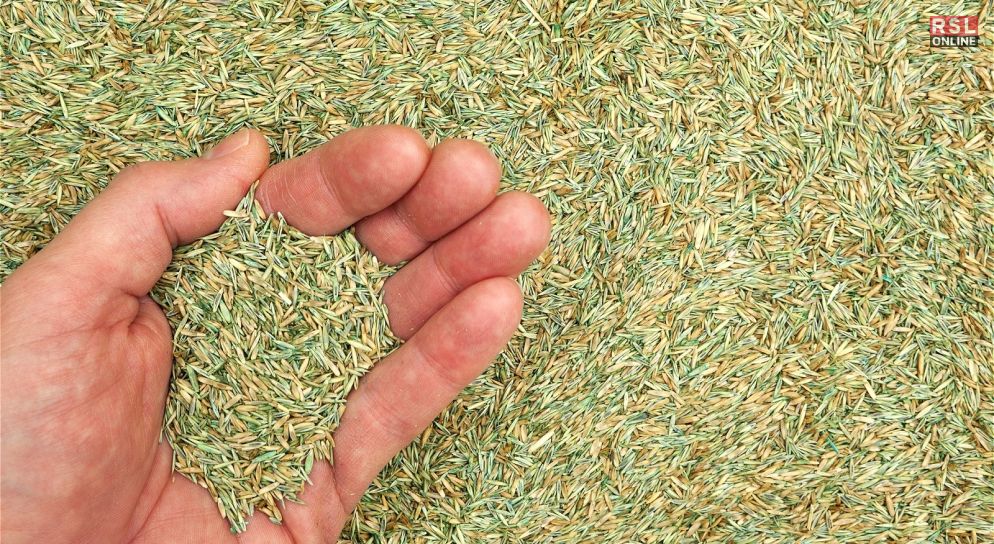
Now that you’ve gone through the essential steps of calculating how much grass seed you need and selecting the right type of seed blend, it’s time to dive into the purchasing process. This step can make or break your lawn project, so let’s explore how to make an informed choice.
1. Choose A Reputable Supplier
Firstly, begin by selecting a trusted supplier. Local garden centers, nurseries, or well-established online retailers are excellent options. Additionally, reading reviews and asking for recommendations from fellow gardeners can help you identify reliable sources.
2. Read The Label
Secondly, when you arrive at the store or browse online, carefully read the labels on the grass seed packaging. Additionally, look for key information such as the seed blend composition, recommended usage (e.g., full sun, partial shade), and any specific features, like disease resistance or drought tolerance. This information will help you confirm that the seed blend aligns with your lawn’s needs.
3. Check The Seed Quality
Thirdly, examine the seeds themselves. High-quality grass seeds should be uniform in size, color, and texture. Furthermore, avoid any bags with foreign matter or excessive debris, as this can affect germination rates.
4. Freshness Matters
Ideally, choose a grass seed that’s been recently packaged. Fresher seeds tend to have higher germination rates. Check for the seed’s packaging or production date on the bag to ensure its freshness.
5. Understand Seed Coating
Some grass seeds come with a protective coating that enhances germination and early growth. Also, while these coated seeds might cost slightly more, they often provide better results, especially in less-than-ideal conditions.
6. Consider Price Vs. Quality
Balancing your budget with the quality of the seed is crucial. It can be tempting to opt for the cheapest option. Therefore, investing a bit more in high-quality seed can lead to a more successful lawn in the long run.
7. Ask For Guidance
Don’t hesitate to ask for advice from the store’s staff or nursery experts. Additionally, they can provide valuable insights and recommendations based on your specific lawn requirements and local climate conditions.
8. Quantity And Coverage
Ensure that the quantity of grass seed you purchase aligns with the calculations you made in earlier chapters. Additionally, overbuying can lead to waste, while underbuying will leave you short of seed.
9. Storage Tips
Lastly, store your grass seed in a cool, dry place after purchasing it. Airtight containers or sealed bags are ideal for maintaining seed freshness until you’re ready to sow.
In conclusion, by following these guidelines when purchasing your grass seed, you’ll be well-prepared to start your lawn project on the right foot. Remember that investing time in research and selection now can lead to a beautiful, thriving lawn in the future. So, choose wisely, and watch your lawn flourish!
Chapter 9: Sowing Your Lawn
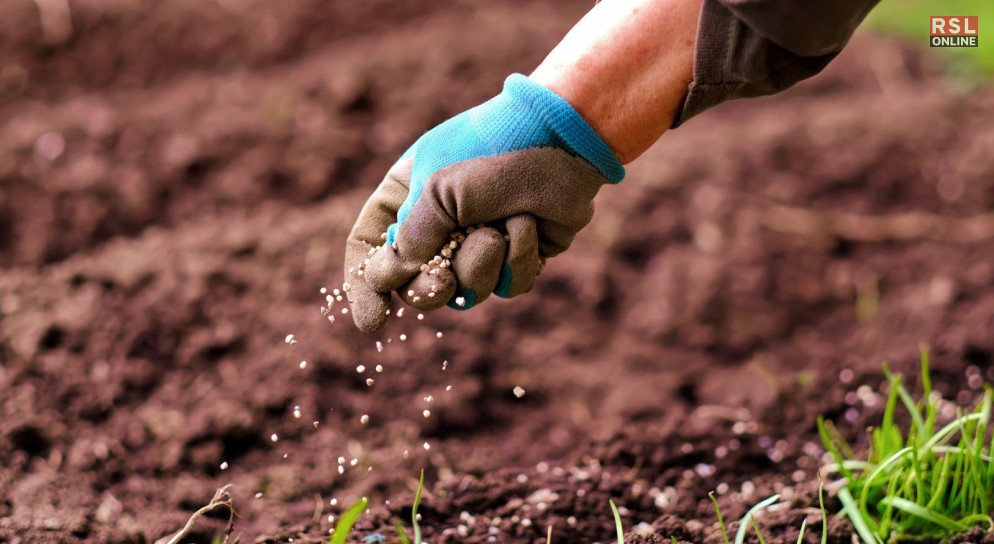
Sowing your lawn is the exciting culmination of your careful planning and preparation. This step is where you turn your vision of a lush, green paradise into a reality. Here’s a detailed breakdown of how to sow your lawn successfully:
1. Timing Matters
Firstly, the timing of sowing your grass seed is crucial. Optimal times vary based on your location and the type of grass you’re planting. In general, early fall or late spring are ideal for most grasses. These seasons offer moderate temperatures and ample moisture, promoting seed germination.
2. Prepare The Soil
Secondly, before sowing, ensure your soil is well-prepared. Remove any debris, rocks, or weeds from the area. Use a garden rake to level the soil and create a smooth, firm seedbed. Aerate the soil if it’s compacted to improve water and nutrient absorption.
3. Seed Distribution
Thirdly, to achieve even seed distribution, use a broadcast spreader. Also, adjust the spreader settings to match the recommended seeding rate on your grass seed packaging. This ensures that you’re not over- or under-seeding your lawn.
4. Seed Depth
Fourthly, most grass seeds should be sown at approximately 1/4 to 1/2 inch depth. Lightly rake the soil after seeding to cover the seeds. This ensures good seed-to-soil contact, which is essential for germination.
5. Watering
Fifthly, immediately after sowing, water the seeded area gently but thoroughly. The goal is to moisten the soil without washing away the seeds. Use a fine mist setting on your hose or a gentle sprinkler. Also, keep the soil consistently moist, but avoid waterlogging, which can lead to seed rot.
6. Fertilize
Some gardeners opt to apply a starter fertilizer after seeding to provide essential nutrients for seedling growth. Be sure to choose a fertilizer that’s appropriate for new grass seedlings.
7. Protection
To safeguard your newly sown area, consider using straw or a specialized erosion control blanket. Besides, these materials help retain moisture and prevent birds from feasting on your freshly planted seeds.
8. Maintenance
Regular maintenance is crucial during the early stages of growth. Continue to water as needed to keep the soil consistently moist. As the grass seedlings grow, you need to reduce the frequency of watering gradually.
9. First Mowing
Lastly, when your grass reaches a height of around 3 inches, it’s time for the first mowing. Use a sharp mower blade, and ensure that you don’t remove more than one-third of the grass height in a single mowing.
By following these steps and giving your newly sown lawn the care and attention it deserves, you’ll be well on your way to enjoying a lush, vibrant green space that you can be proud of. Besides, remember, patience is key; it may take a few weeks for your grass to establish itself fully. With time and proper care, your dream lawn will become a reality.
Wrapping It Up!
In this guide, I have answered the age-old question, “How much grass seed do I need?” Achieving a beautiful, healthy lawn begins with careful planning and the right amount of seed. So, remember to account for your lawn’s unique characteristics, including size, soil quality, and climate.
Additionally, by following these steps and choosing the right grass seed blend, you’ll be well on your way to a vibrant, lush lawn that will be the envy of your neighborhood. So, roll up your sleeves, grab your grass seed, and start sowing the seeds of your dream lawn today!
In case you wanted to know the answer to “how much grass seed do I need,” I hope that this blog has been of help to you. If there are any other queries related to the same, feel free to let me know. Besides, you only need to scroll down until you reach the bottom of the page. Then, leave our comments and queries in the box below. And I will be there to answer them, all for you!
Read Also:












